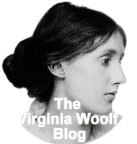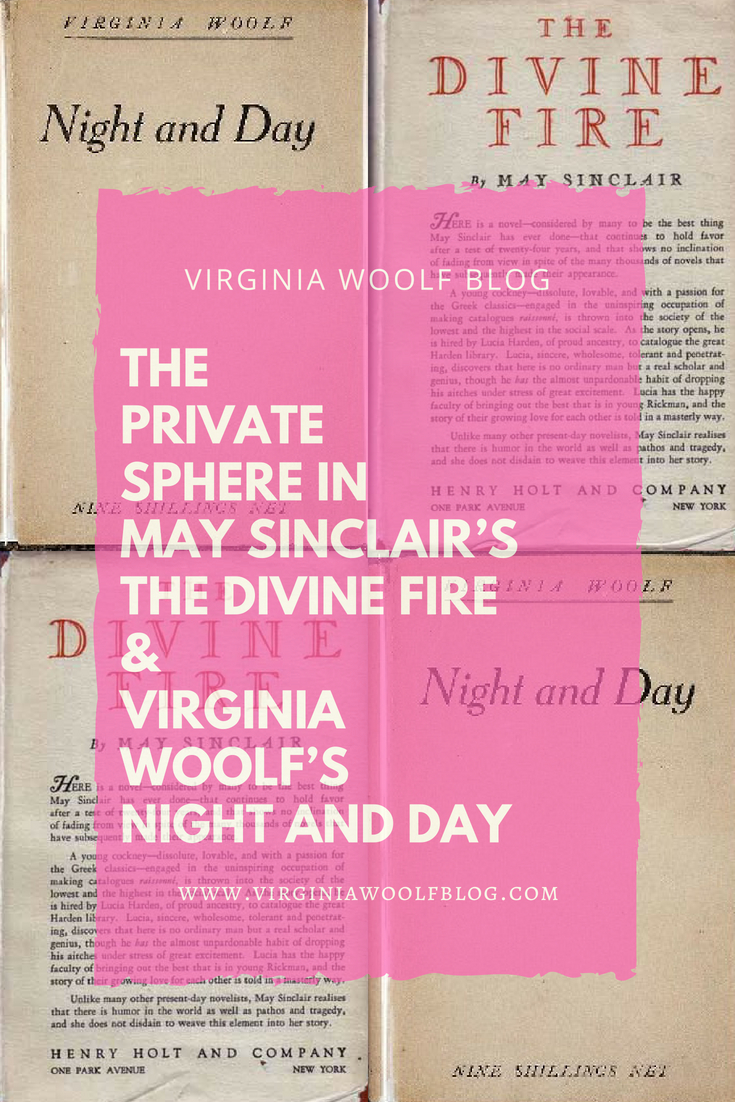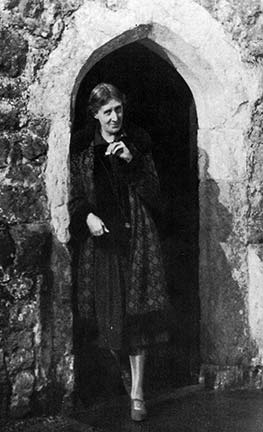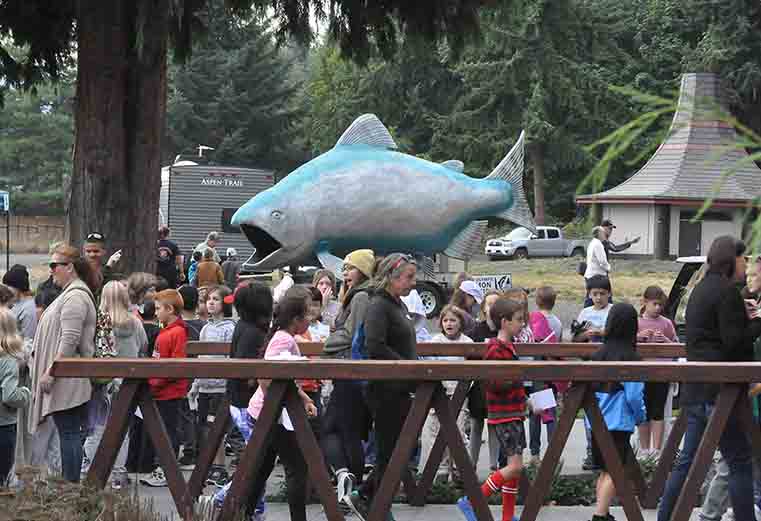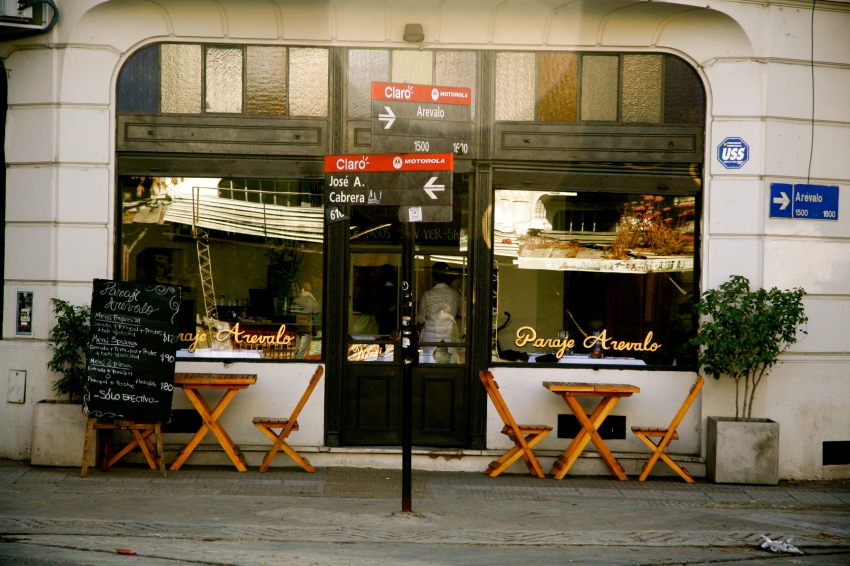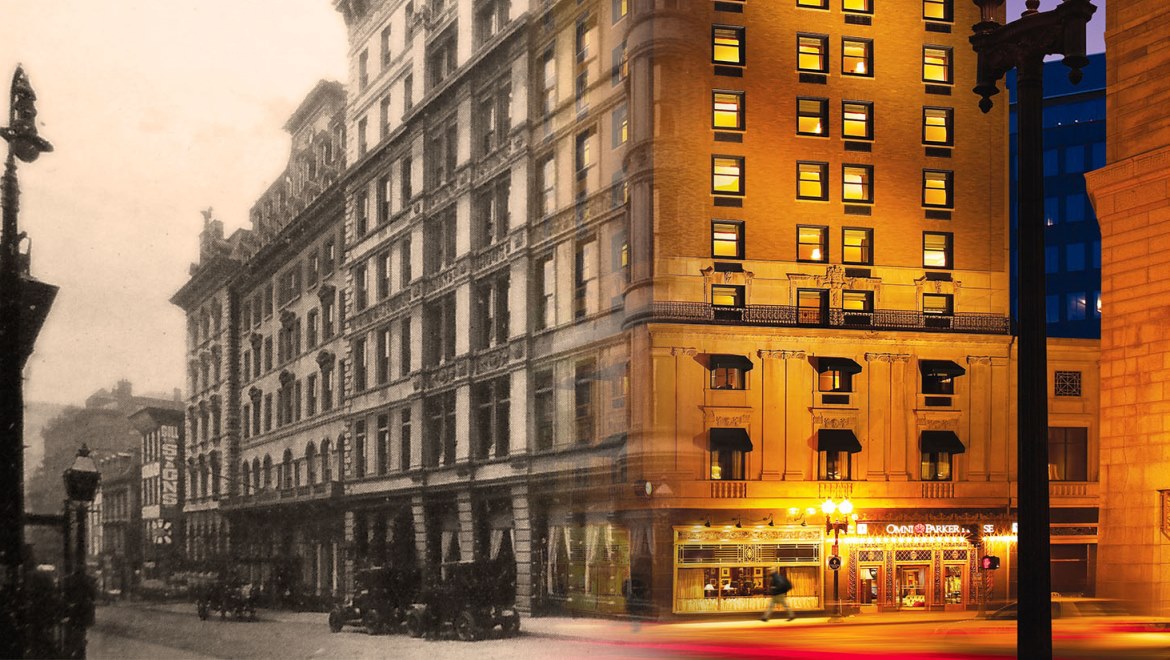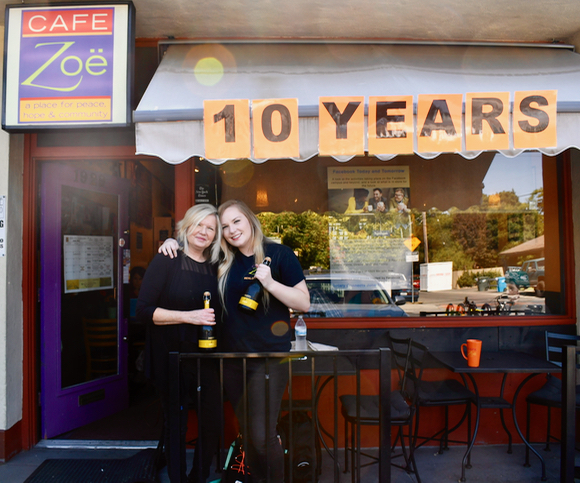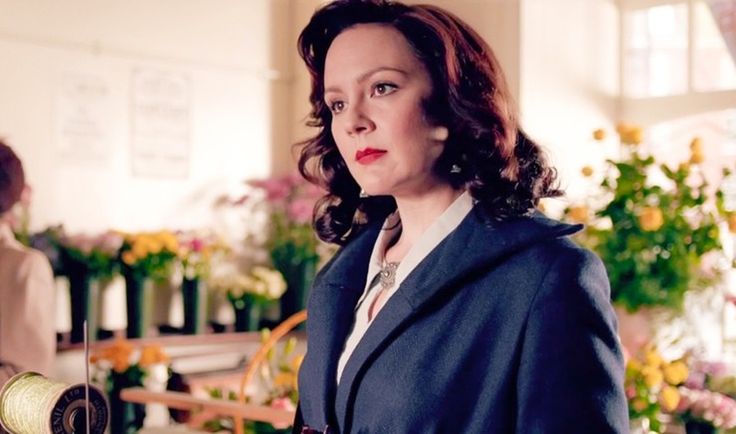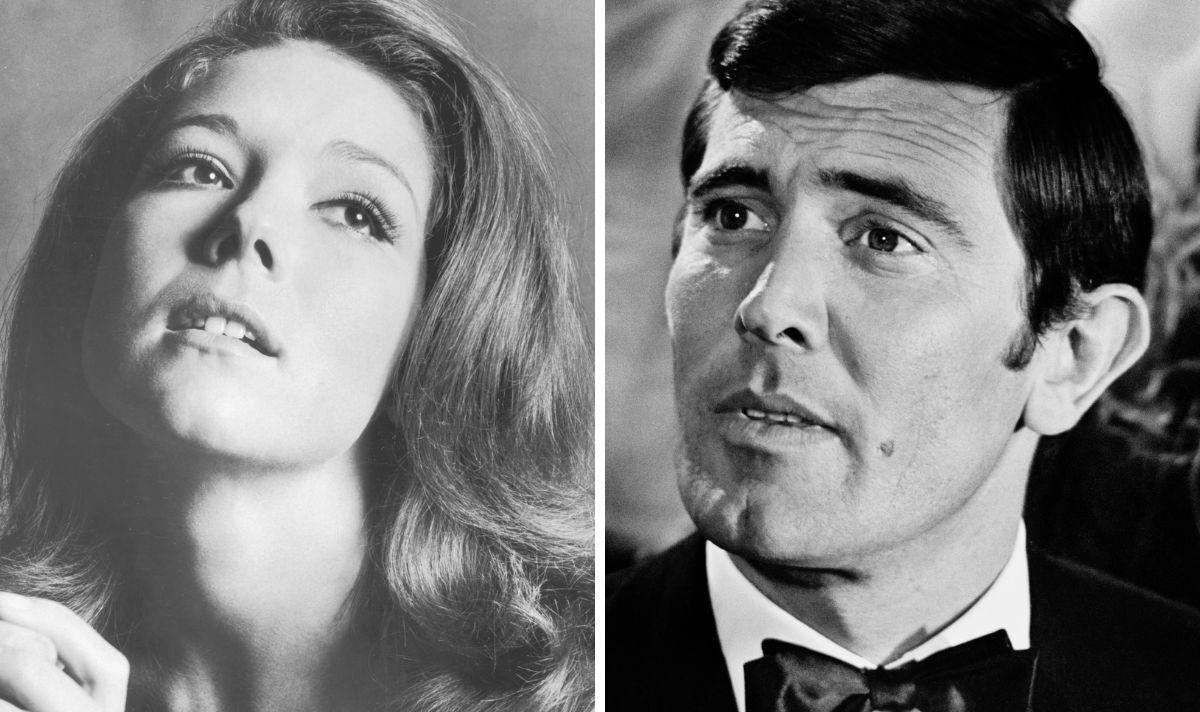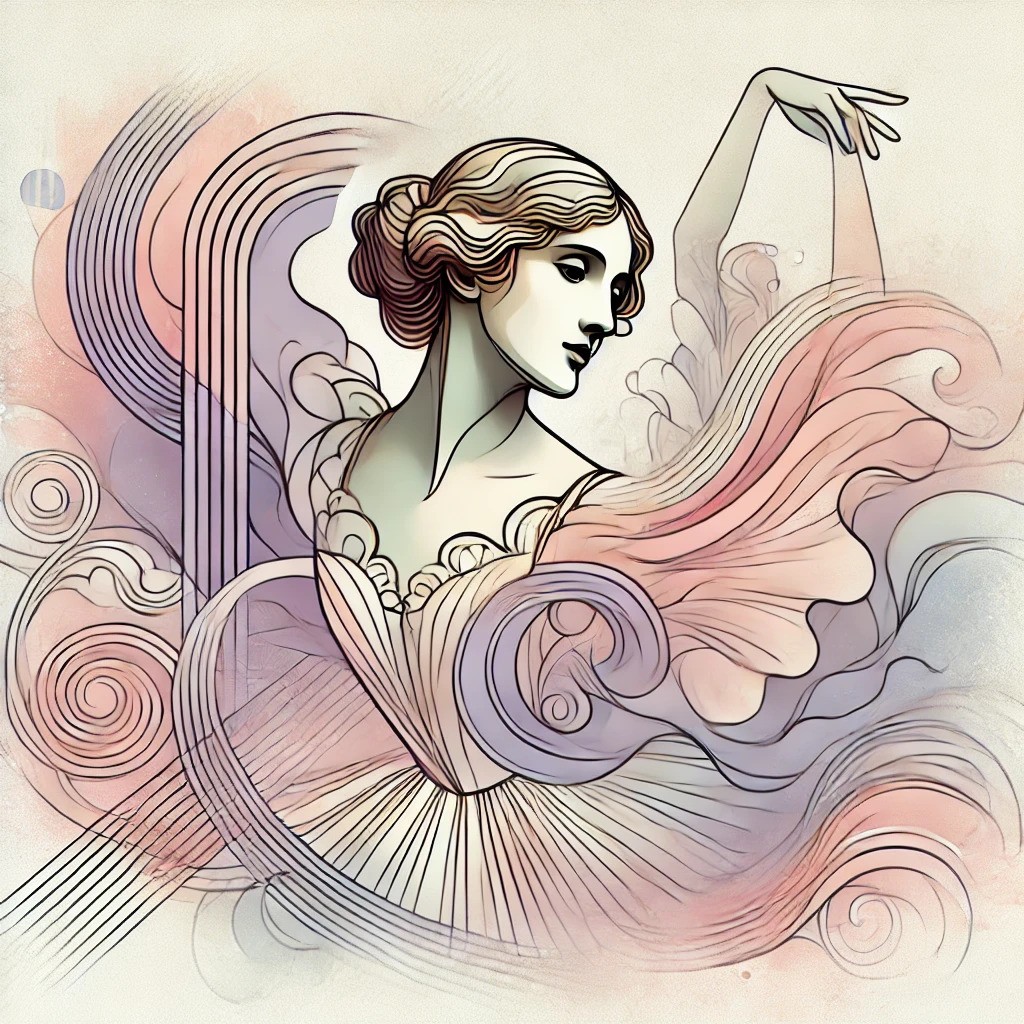
The following is a guest post by Imola Nagy-Seres. Seres is a PhD student in English Literature at the University of Exeter. Her research focuses on sympathy in the modernist and contemporary British novel. She became interested in Virginia Woolf while studying for her Master’s degree at the University of Leeds. A passionate lover of classical ballet and an amateur ballet dancer herself, she takes delight in exploring the intersections between literature and different art forms.
Wayne McGregor’s fascinating ballet, Woolf Works, is inspired by Woolf’s novels Mrs Dalloway (1925), Orlando (1928) and The Waves (1931).
A harmonious blend of dance, music, visual effects and literature, the three-act production creates a sensuously evocative Woolfian atmosphere, at the same time casting new light on some of the writer’s well-known novels.

Woolf’s works are notorious for their melancholic, dark mood and abstract incomprehensibility. The plot of most of her novels could be summed up in two sentences, while her characters seem to dissolve in the ephemeral inner world of the mind. Her texts are fraught with loss, pain and death, shadowed by dark episodes of her own life: her mental illness and several suicide attempts.
These are all true statements to an extent but fail to make justice to the complexity of her oeuvre. While often laced with pain and grief, her novels are also reflections on the joys of past and present.
In 1924, while revising the manuscript of Mrs Dalloway, Woolf wrote in her diary:
“It seems to leave me plunged deep in the richest strata of my mind. I can write and write and write now: the happiest feeling in the world.”
Literary creation, however, was not the only source of delight for her. She observed joyful rhythms in her everyday life: in the sunshine, the falling apples and the buzzing bees in her garden at Monk’s House. Like their creator, her characters “plunge” into the present moment, wholeheartedly cherishing the colors and smells of their environment. Setting off for walk in London, Clarissa Dalloway enjoys the myriad sensations of the morning:
“In people’s eyes, in the swing, tramp, and trudge; in the bellow and uproar; the carriages, motor cars, omnibuses, vans, sandwich men shuffling and swinging; brass bands; barrel organs; in the triumph and the jingle and the strange high singing of some aeroplane overhead was what she loved; life; London; this moment in June.”
Adjusting to the rhythm of the awakening city, Clarissa feels happy in “this moment”. Among many other reasons, McGregor’s ballet is enthralling for capturing the happiness of the moment in its inevitable ephemerality.
In the first act, suggestively entitled I Now, I Then and based on Mrs Dalloway, the middle-aged Clarissa (performed by Italian guest dancer Alessandra Ferri) re-dances the joyful moments of her youth: her budding love affair with Peter Walsh and her erotic attraction to her once bohemian friend Sally Seton. Her dance, nevertheless, is not simply an elegiac farewell to youth but a joint celebration of the here & now and then & there, a moment of magic when boundaries between past and present coalesce.
There is a moment in the first act when all five characters (the old and young Clarissa and Peter and the young Sally) dance together, forming with their hands an intricate nexus of touch: the old Clarissa occupies a central position, surrounded by her younger self and friends.
This fascinating scene captures the essence of delight in Mrs Dalloway: the dancers’ interwoven bodies, for a split second, create the illusion of past and present holding hands. Yet, spectators are soon reminded of the ephemerality of touch and the fragility of happiness as the dancers’ hands let go of each other and their assemblage of joy, that for a moment looked so firmly eternal, melts into the air.
Federico Bonelli, Beatriz Stix-Brunell, Alessandra Ferri, Francesca Hayward and Gary Avis in the I Now, I Then section of Woolf Works. © Dave Morgan
This solid fluidity of memory at the heart of Woolf’s works (and Woolf Works) is what makes her characters unforgettable. Memories in her novels are like dance performances: though destined for a mayfly existence, they create a sympathetic bond with the eternal universe:
“It was a sudden revelation, a tinge like a blush which one tried to check and then, as it spread, on yielded to its expansion, and rushed to the farthest verge and there quivered and felt the world come closer, swollen with some astonishing significance, some pressure of rapture, which split its thin skin and gushed and poured with an extraordinary alleviation over the cracks and sores! Then, for that moment, she [Clarissa] had an illumination; a match burning in a crocus; an inner meaning almost expressed.”
Absorbed in the subtle movements of the ballet dancers and carried away by the mellifluous music composed by Max Richter, the spectator is offered brief glimpses of “a match burning in a crocus”. And while we are aware that the little flame is doomed to perish, we take sensuous delight in basking in its lightness and warmth, just as Woolf did shortly before her death. Her friend and fellow-writer Elizabeth Bowen recalls Woolf as a joyful and enchanting company:
“I remember her kneeling on the floor – we were tacking away, mending a torn Spanish curtain in the house – and she sat back on her heels and put her head back in a patch of early spring sun. Then she laughed in this consuming, choking, delightful, hooting way. And that is what has remained with me.”
And that is what remains with us after seeing Woolf Works…
Sources:
Woolf, Virginia. Mrs Dalloway. [1925]. Ware: Wordsworth Editions Limited. 1996.
Woolf, Virginia. The Diary of Virginia Woolf. Ed. Anne Olivier Bell. Volume 2, 1920-1924. San Diego, California: Harcourt Trade Publishers, 1980.
Recollections of Virginia Woolf. Ed. Joan Russell Noble. Athens, Ohio: Ohio University Press. 1994.
